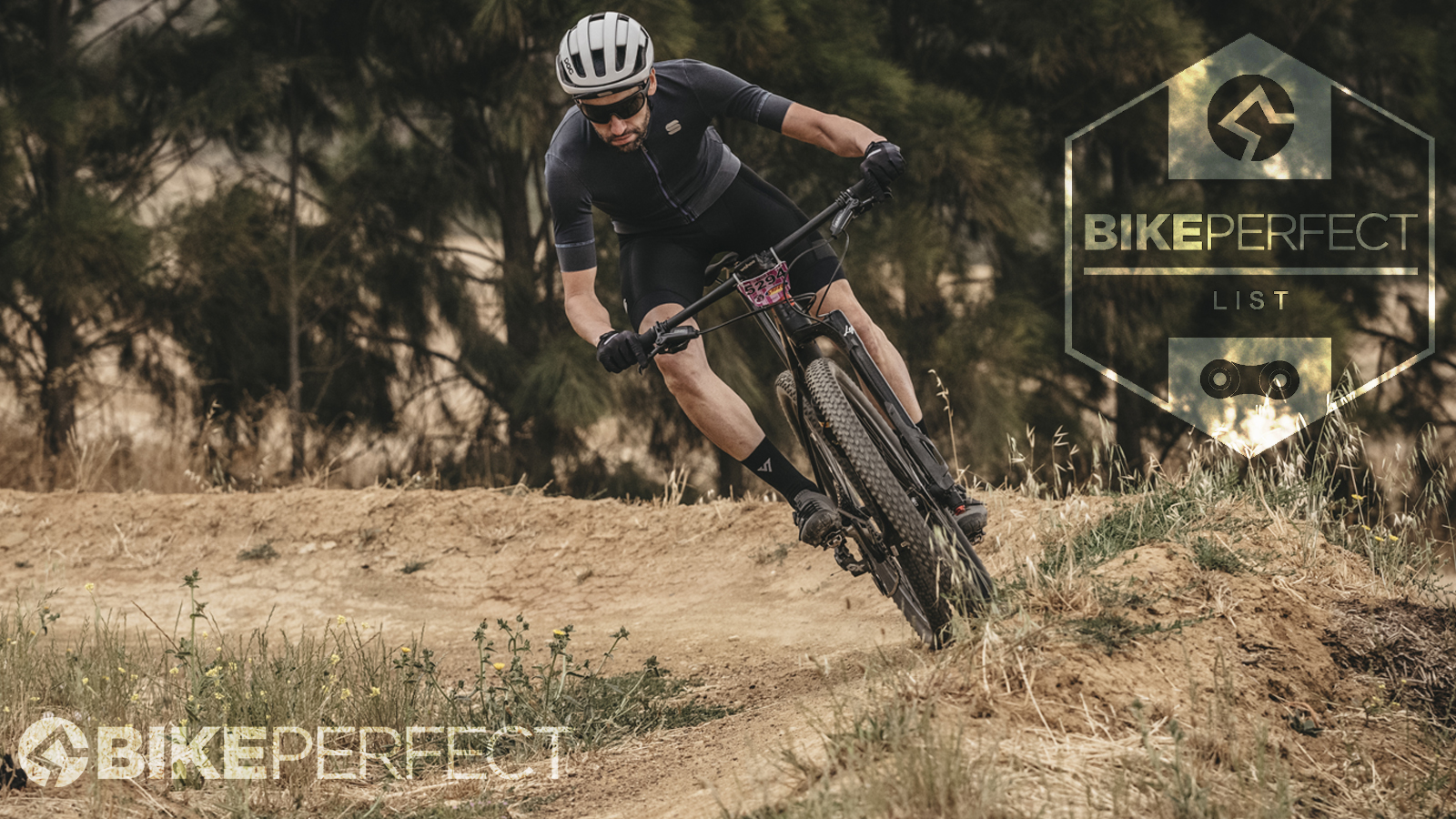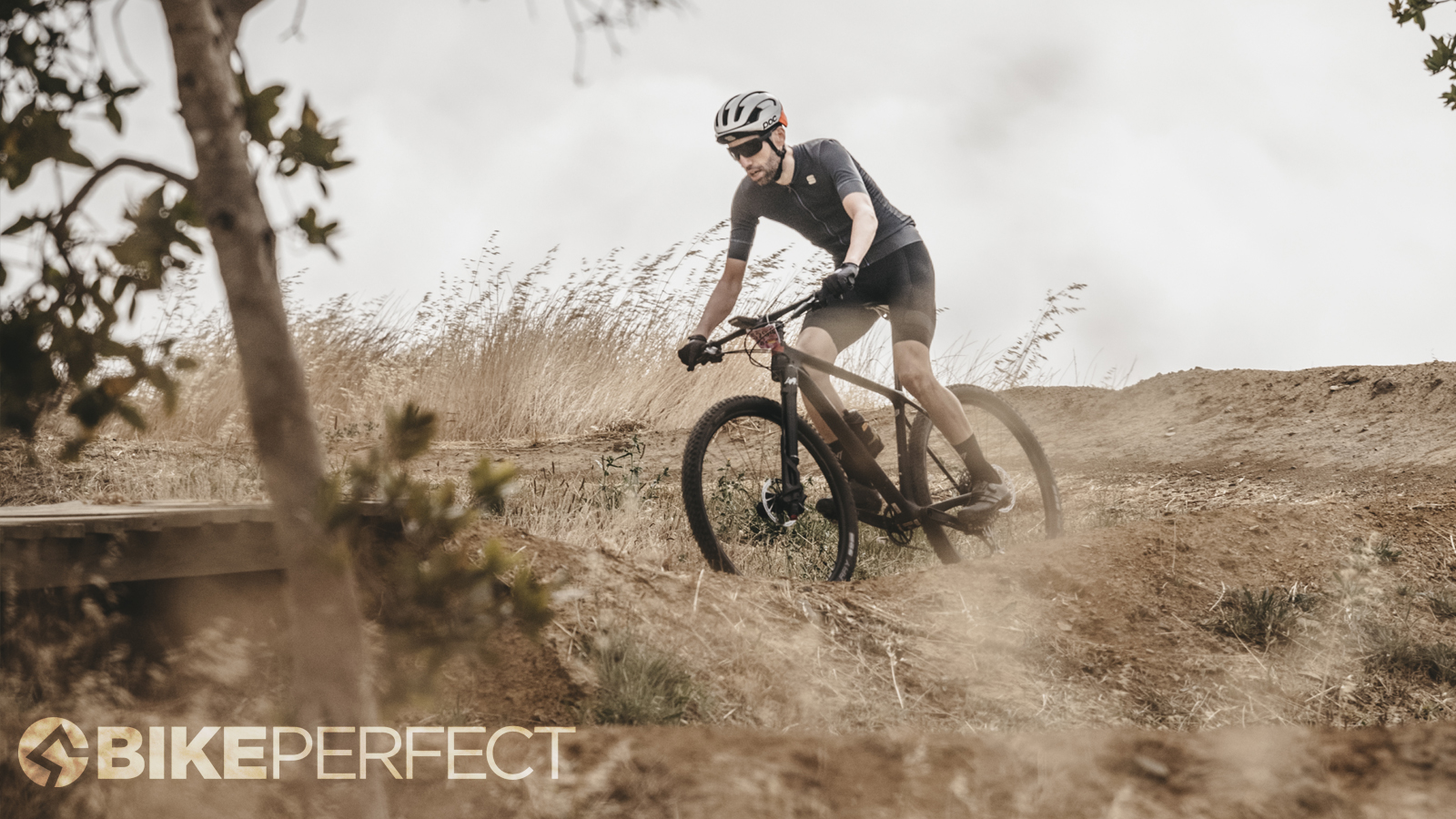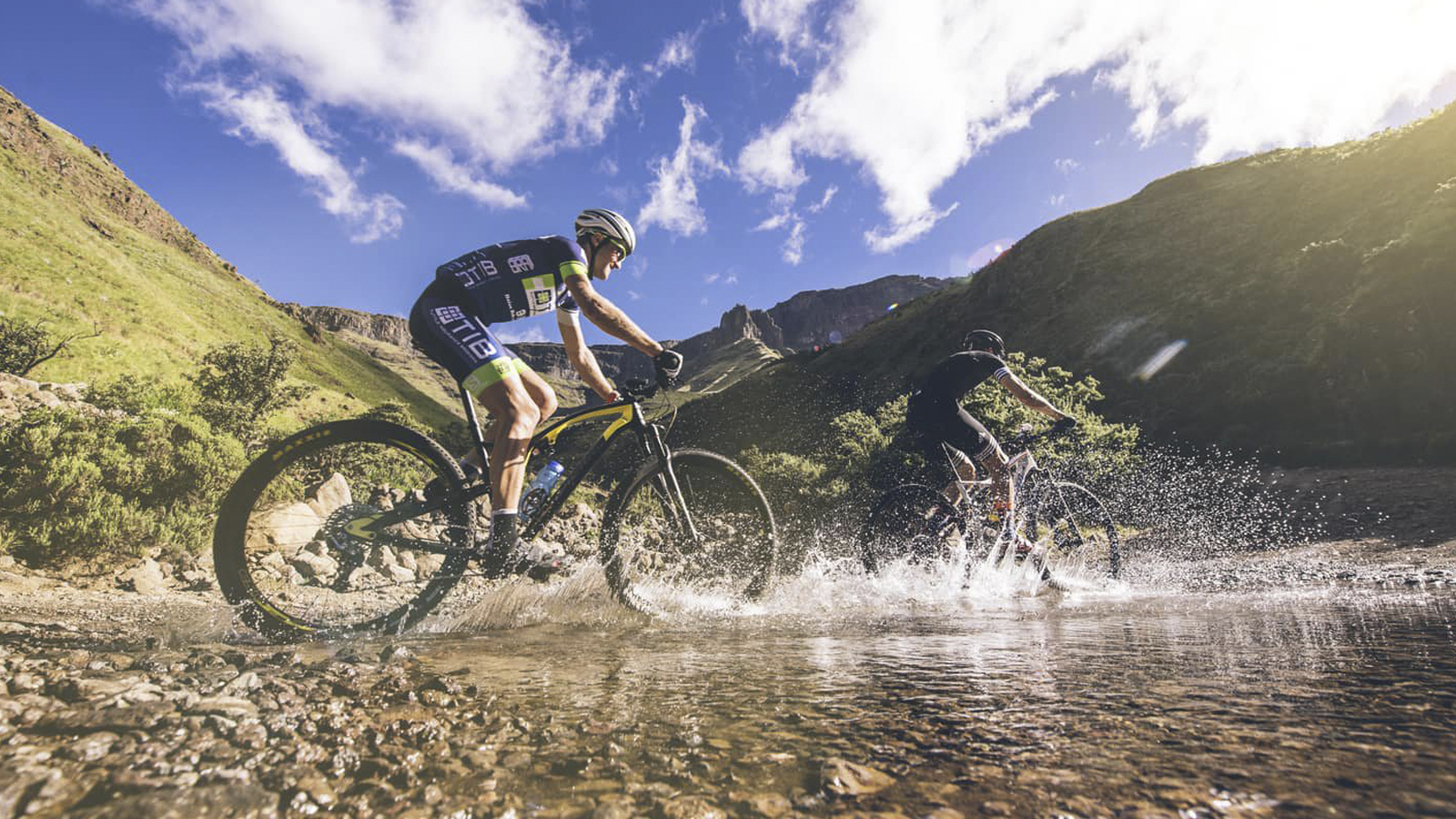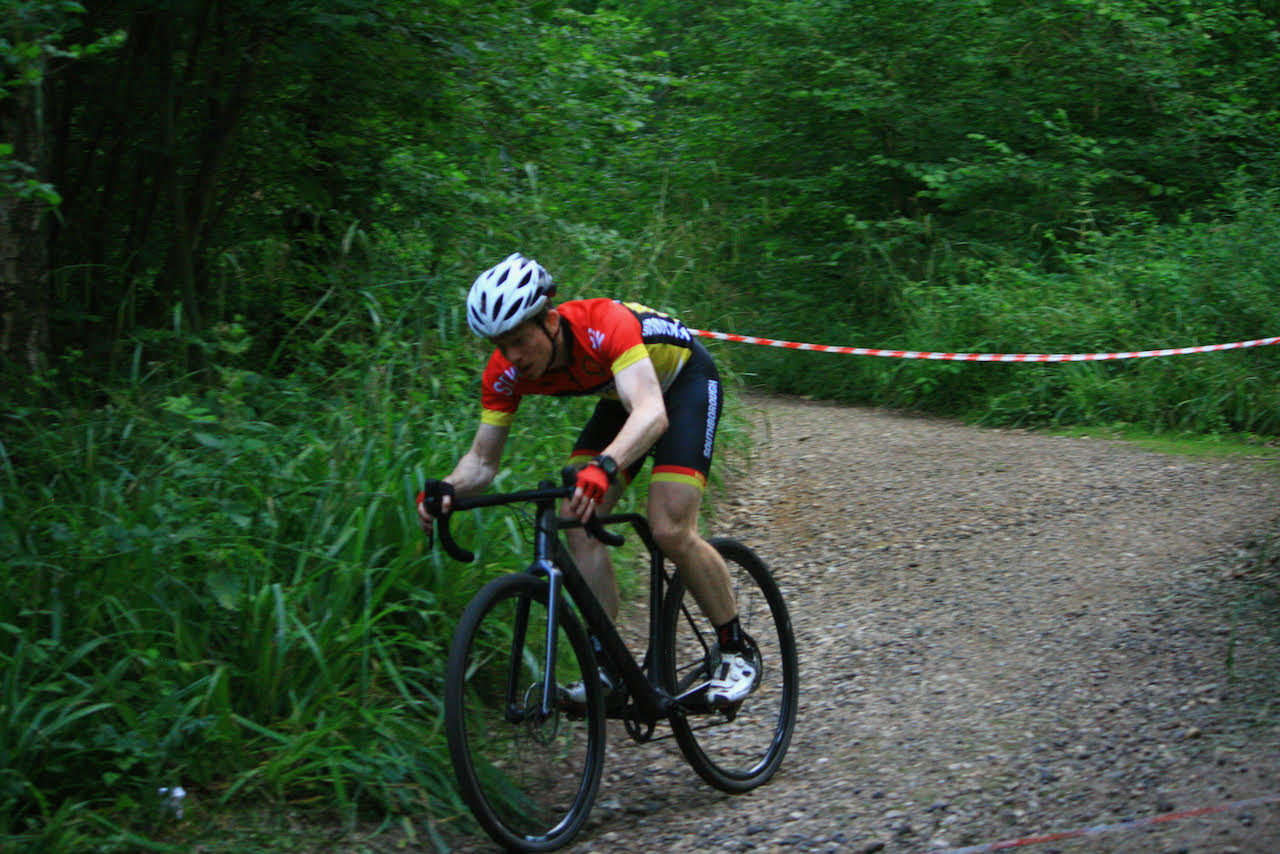Types of mountain bike trail: understanding the landscape ahead of your ride
Learn the difference between wild trails, bike parks and locals' trails, where to find them and how to approach them

There’s a huge variety of mountain bike trail types that range from family friendly forestry routes with the smallest lumps, bumps and gradients, through twisty challenging singletrack, and (if you want them) any number of natural and man-made obstacles, jumps and technical climbs and descents.
If you’re not sure how to find trails to suit you, or you don’t want to confuse your double with your doubletrack, this article is for you. Here we outline the key trail types, explain their distinctive features, and give you an idea of what skill sets you need to be able to tackle them safely.
- Best trail bikes: top trail mountain bikes ridden and rated
- Best women’s trail bikes: shred with confidence around your local trails
It’s hard to put trail venues into neat categories but, broadly, there are trail centers and bike parks, wild trails (including bridleways and tracks you can find on OS maps), and locals' trails. We'll delve into these individual categories shortly.
Trail features can vary from manmade surfaces and jumps, to almost entirely wild, or often something in between. Naturally, they vary a lot in terms of the skills, equipment and fitness you need in order to ride them safely, this guide is here to help you understand the differences between each so you can identify the right trails for your skill level and confidence.
When it comes to trail centers, some are formally run by an organization, while others are informally maintained by volunteers and local groups. Heading into a managed forest, you might find a few officially marked trails that have a maze of unofficial, volunteer-maintained trails in between them.
Formal trail centers usually have a range of marked trails for all abilities, graded for difficulty, and color-coded. We'll break these down in a moment so you can understand the different grade levels. These will often have different focuses as well. For example, some formal trail centers, often called bike parks, are oriented towards technical downhill riding. Meanwhile others, sometimes referred to as freeride or dirt jump centers, will be all about getting some air time.
Let’s have a look at the different trail types, and then how to find them.
- Cross-country mountain biking: everything you need to know
- Freeride mountain biking: everything you need to know
- Types of mountain bikes: all the different mountain bike categories explained

1. Formal trail center trails
Formal trail centers have well marked and mapped trails, maintained to stay rideable all year round. Newer trail centers tend to be oriented towards downhill riding, with climbs on smoother fire roads, and uplift services provided by vans with trailers to drive you and your bikes to the top of the trails if you want.
Here’s how the trails are graded for difficulty:
Green - easy family trails
Family-friendly off-road trails are normally gently undulating doubletrack (wide enough for a jeep), and often surfaced with compacted gravel to keep them rideable all year round. In the wild they might be disused railway lines, whereas at trail centres they’re often the wider forestry roads.
- Defining features of family trails: Wide doubletrack, gentler gradients
- Minimum skills: For kids, just the ability to brake and turn safely, especially on slightly gravelly surfaces, and ideally change gear smoothly.
- Typical bike and equipment: A bike with more than 32mm tyres and a bit of grip would be best, and you should wear a helmet.
Blue - moderate beginner trails:
For anyone with basic bike confidence, blue trails take you off the gravelly double track, and onto gentle singletrack. There will be no technical features except maybe the odd root or optional small step, and the gradients may be a little more challenging, but generally fine for all ages. There may be some optional banked corners (called berms).
- Defining features of blue trails: Winding singletrack, fairly smooth surfaces, very manageable features
- Minimum skills: As for green, plus confidence on slightly more uneven surfaces and a little more fitness.
- Typical bike and equipment: A basic mountain bike is best, though a hybrid would usually be fine too.
Red - more difficult intermediate trails
You’ll need more fitness and confidence for red trails, though they are nearly always ‘rollable’ - that is, you can choose to ride them fast and spend time in the air, but you can also keep your wheels on the ground if you want to. They typically feature unavoidable rocks, roots and small drop-offs, tricky twisty descents, and a wide variety of built features like jumps, brilliant big berms, and maybe boardwalks.
- Defining features of red trails: Fast, twisty descents, plenty of air time if you want, but also rollable. Longer and hillier
- Minimum skills: Ability to handle straightforward drop-offs, handle braking and body position on steep and twisting descents
- Typical bike and equipment: A well-maintained hardtail or full-suspension MTB. Cross-country or heavy-duty tyres
Black - expert trails
While red trails have avoidable drop-offs and jumps, on black trails you’re all-in. Rocky, rooty downhill (and uphill) sections will be longer and more severe without options for coming to a safe stop partway through. Jumps, gradients and exposure will be bigger and non-optional.
Some bike parks will further grade extreme downhill trails with orange markers and one to three dots or dashes to indicate severity.
- Defining features of black trails: Long sections of extremely steep, rough terrain. Unavoidable natural and man-made obstacles that can only be taken at speed. Jumps with unrideable gaps between take-off and landing
- Minimum skills: Confidence and skill to pick and commit to lines over steep, complex and perilous terrain, safely clear obstacles in the air at speed on non-obvious, awkward and tight lines
- Typical bike and equipment: Long-travel full-suspension MTB, heavy-duty tyres, full-face helmet, knee and elbow pads

2. Informal trail center trails
In some places there are whole networks of brilliant trails built and maintained by volunteers, usually with the approval or at least tolerance of the landowner.
Depending on where they are in the country, they’ll typically be at the red and black end of the spectrum, and you won’t always be able to rely on their condition, so it may be worth checking out big jumps and drops before committing to them.
The trails probably won’t be signposted or officially mapped, but you’ll often be able to find at least enough information online to get started (see how to find mountain biking trails).

3. Wild trails
Before bike parks, ye olde mountain bikers headed off onto bridleways and tracks with nothing but a map, a buttie and a so’wester. It’s still a sublime way to do mountain biking, and the internet makes it easier than ever to plan a cracking ride.
Depending on the location, bridleways and wild tracks can cover pretty much every surface you can imagine, from rock gardens and bumpy chutes to forgotten forest, sweeping grass, bogs, river crossings, moors, and sedate sandy tracks. There are no neat guaranteed rollable features or year-round weatherproofing like at bike parks, and that’s half the magic.
If you plot your own route, there can be a surprise at every corner - some of it rideable, some of it not - but there’s also a wealth of resources online.
Start by downloading tried and tested wild routes online, or check out our bikepacking routes for longer adventures in the UK, the US, or around the world:
- Bikepacking routes: 10 of the best UK bikepacking routes
- Bikepacking routes: 10 of the best USA bikepacking routes
- Bikepacking routes: 10 of the best biking adventures from around the world
4. Locals’ trails
You probably won’t hear about these until you get to know people. These are trails that won’t be on maps or the internet. They may be hand-crafted, or maybe not, and are deliberately kept low-key so as not to attract too much attention. They may be blissful or suicidal, but they’ll probably be special.
There’s as much trail diversity around the world as there is geography. Out of season ski resorts combine chairlift-assisted downhill routes with hundreds of miles of alpine singletrack; legendary routes in Utah take you on high desert slickrock; and bike parks in Vancouver take aerial tracks and tricks to a whole other level. When you want a break from your local trails, your vacations will never look the same again.
How to find mountain biking trails
There are lots of places you can find online with tried and tested trails and routes to explore. Look for local guides in your area, for example, or ask in a local bike shop (especially if you've just bought something).
Apps and sites like Komoot, Strava and Trailforks can give you a huge head start in seeing where people ride off-road and how they link trails together.
Finally, at unmarked trail centres, get chatting to other riders at trailheads and maybe ask if they mind you tagging along on a short trail or two.

Sean has old school cycle touring in his blood, with a coast to coast USA ride and a number of month-long European tours in his very relaxed palmares. Also an enthusiastic midpack club cyclocross and XC racer, he loves his role as a junior cycle coach on the Kent/Sussex borders, and likes to squeeze in a one-day unsupported 100-miler on the South Downs Way at least once a year. Triathlon and adventure racing fit into his meandering cycling past, as does clattering around the Peak District on a rigid Stumpjumper back in the day.
Height: 173cm
Weight: 65kg
Rides: Specialized Chisel Comp; Canyon Inflite CF SLX; Canyon Aeroad; Roberts custom road bike
